This post is going to cover the evolution of how local search was brought into Google and how it has evolved over the last 9 years. Yes, Google has had some version of local since September 2004, when Google Local first rolled out.
What’s the point of seeing how it all started out and seeing how it has evolved over the years? That’s a great question, the answer is that looking at this evolution from a timeline standpoint will enable us to make predictions as to what Google is valuing important in the local search ecosystem now and potentially in the future. Let’s get started.
September 14, 2004
Google announces the launch of Google Local, their local search service. In the announcement, Google claims they “beefed” up the technology that will deliver more precise results to local search queries. To quote my favorite line in the post:
…but what we also think is that some search is local, and when it is, it should be useful.
Google started understanding that people were going to be using Google for much more than just finding information online. Google was attentive and responded to what they believed would benefit the user. Hence, Google local was born.
What Google Local looked like in 2004:
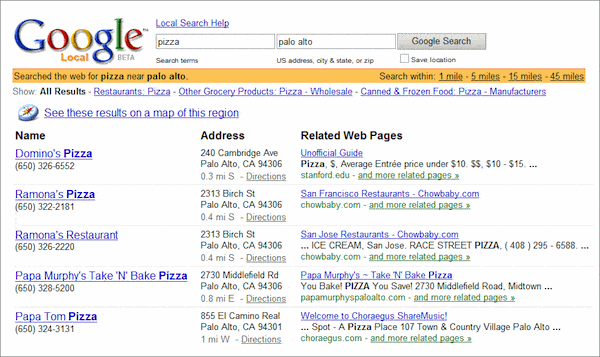
Read the post here | Image Credit: Google Press Blog
February 8, 2005
Google announces that Google Maps has been designed to simplify directions. The post uses an example of a user searching for “hotels near LAX” and explains that the user would see hotels near LAX. Included is a new dynamic map that allows you to see an adjacent area and the use of keyboard shortcuts.
What Google Maps looked like in 2005:
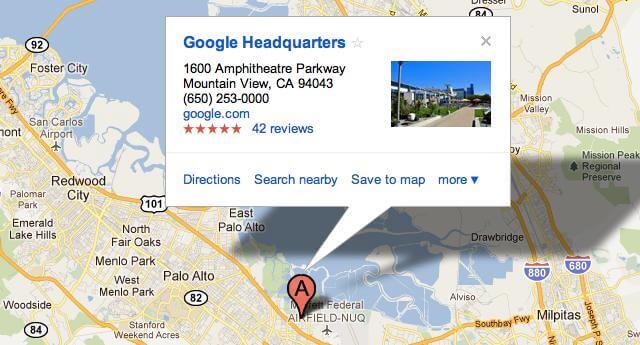
Read the post here | Image Credit: Mashable
Aril 12, 2005
Google Local goes mobile! If a phone supports XHTML, it would be able to see search results plus maps and driving directions via phone. Google also announced the ability for SMS directions. A user simply has to send a directions query via SMS with the starting point of the directions and the destination address and Google would send back step-by-step instructions from point A to point B.
Google Mobile 2005:
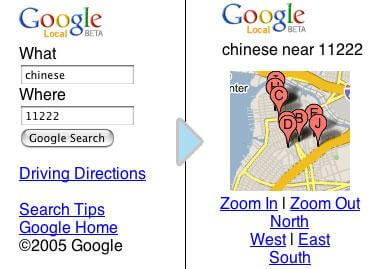
Read the post here | Image Credit: Gizmodo
December 9, 2006
Matt Cutts, the head of web spam at Google, wrote a blog post announcing the new Google UI feature called “Plus Box.” This may be considered one of the earliest forms of rich snippets to ever be included into traditional Google search results. Instead of rewording it, here is how Matt Cutts defines Plus Box:
If someone searches for your business and we have good confidence that we know your business address, we’ll include an expandable “Plus Box” in your search result listing.
To illustrate, here is a picture he used showing Plus Box in action:
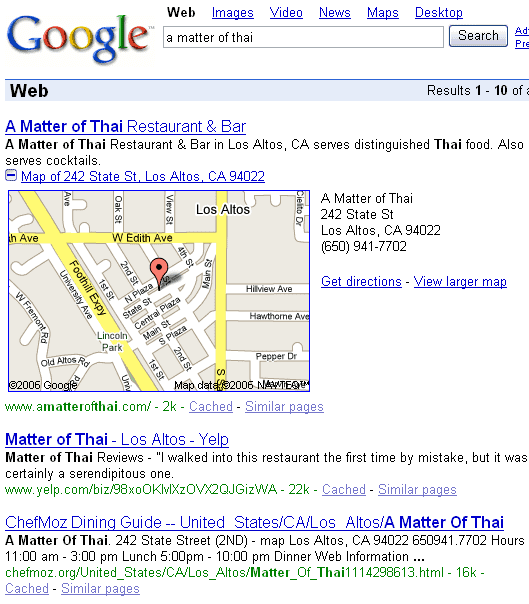
You can read the post from Matt’s blog here | Image Credit: Matt Cutts Blog
June 2, 2009
Google rolls out the Local Business Center dashboard. The dashboard gives the ability for business owners to see performance metrics on there local listing. Think of these metrics as Analytics for seeing how well your listing is doing and seeing data to back it up. These metrics include Impressions, Actions, Top search queries, and zip codes where driving directions came from.
What performance data can look like from the LBC:
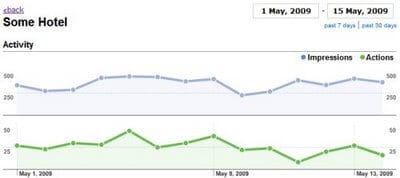
You can read the post here | Image Credit: Google Blog
September 24, 2009
Google announces that clicking on the “More info” section in a search result for a local listing will show you aggregated data from over 500 authoritative sources about that particular Google Places listing. Aggregated data may include custom maps made by others, photos, videos, reviews, and related websites.
Seeing aggregated data in action:
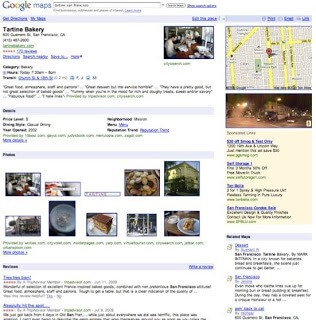
You can read the full post here | Image Credit: Google Blog
April 20, 2010
Google changes the name of Google Local officially to Google Places. There really is no clear reason as to why they made the name change, but they do give some great statistics on how well Google Places has done in less than a year and lists out new features. Here are the statistics:
- 4 million businesses have already claimed there Place Page on Google through the LBC (Local Business Center)
- One out of five searches on Google are related to location
5 new features also rolled out with this change. To read the full post, you can visit the Google Blog
October 27, 2010
Google rolls out Place Search, a new type of local search result. Whenever a user performs a search and Google predicts the user is looking for local information, they will show Place pages in traditional Search Engine Results Pages (SERPs). There is also mention of more clustered data inside of a place search. If you were to perform a search for “Austin bar-b-que” you would see a list of local BBQ places in the Austin area with red pins, and links to reviews from 3rd party sites.
What Places Search looked like when it first rolled out:
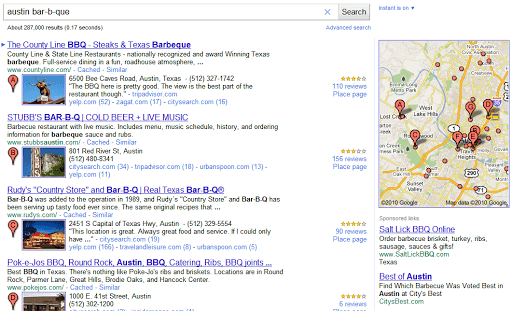
The full announcement can be read here | Image Credit: Google Blog
May 30, 2012
Google officially launches Google+ Local, a simple way to discover and share local information. Not mentioned prior, Google had acquired Zagat on September 8, 2011. You can read about the Zagat acquisition here: http://bit.ly/VH9HBS
Over at the Google and Your Business Blog they outline some of the key features in detail for the transition from Google Places to Google+ Local. The features, at a glance, include:
- Simple experience for your customers
- Helping people find, rate, and share your business
- Integrated Zagat reviews
There you have it, the evolution of local search from Google Local’s inception in 2004 up to the birthing of Google+ Local in May of 2012. What can all of this history show us about the future of local search? One thing that can not be said is that local search will go away. Mobile is growing at a rapid rate, and with that so is the demand for local.


